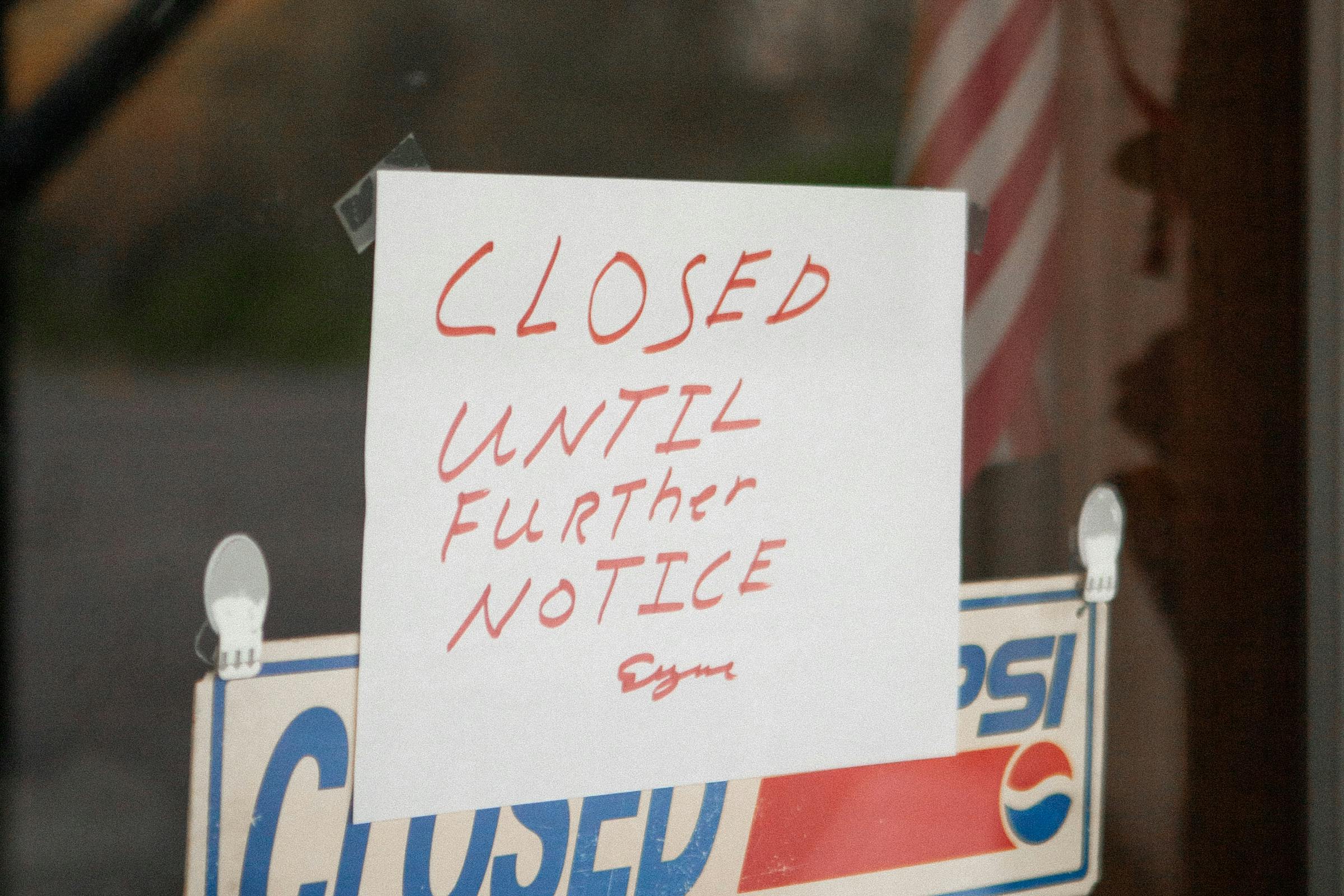What “Grace Period” Means
You entered the US intending to keep your job for the full three years of your visa’s validity period. But something happened, and you found yourself out of that particular position.
What happens next?
As long as you notify USCIS of this unemployment, you automatically receive almost two months to look for a new job. During these 60 days, your visa remains in status. You can find another job or apply for a change in your visa status while you wait.
The grace period applies to all non-immigrant workers in visa categories E-1, 2, and 3, L-1, O-1, TN, and H1B/H1B1.
When Does the Grace Period Begin?
The grace period sounds cut and dried, but there are some instances where it can get a little cloudy. For instance, what happens when you are given severance pay or bench pay?
Certain states have mandatory 60-day notice before a layoff, with a required severance package. In those situations, the employee receives a salary but does not need to work for that period.
Under an H-1B visa, your grace period begins the last day you were paid for employment. This means that the severance pay period does not count toward your H-1B 60-day grace timeline. So, if you’re laid off with severance, you’ll have 60 days plus the severance period to find another job or speak to an immigration expert, such as Visa2US, to change your visa status.
Please note: USCIS has the final discretion over when the grace period begins. Talk to a lawyer as soon as you know you’re laid off to ensure you’re following all the government requirements.
What About the Expiration on Your I-94?
The 60-day grace period only applies as long as your I-94 is current and valid. If the expiration date on that document occurs during the grace period, you must abide by the I-94 expiry.
You may transfer to another company or employer during that period, provided USCIS approves them. You can also choose to change your status to an H4 or F1, file an H4 COS alongside an H1B spouse, or prepare to leave the country.
This isn’t a significant setback, as you can return once you find another H1-B sponsor. The six-year max time period stops when you leave the country, and you can return and finish that period under a new employer.
On the other hand, the 60-day grace period only happens once. You can’t use some of the days, then apply for the rest if you’re out of work again later under the same H-1B visa.
Transferring Your H-1B Visa
The grace period isn't necessary when you’re laid off but have another employer waiting to hire you. Instead, you can file a change of employer petition. You may begin working if you have the receipt number from USCIS that states the petition is approved.
However, if it’s going to take some time to find work, use the grace period just in case. That way, you can begin working with your new employer if your H-1B transfer was filed on the very last day (Day 60) and you have the receipt number that day.
If you wait too long and file the petition to transfer work on the 61st day, you’ll be considered “out of status.”
Requesting Your Grace Period
The 60-day grace period begins immediately after your last date of employment. You don’t
have to file a form to request it, and, in fact, no such form exists.
During this period, you may file a standard H-1B transfer to change employer or change your status. If your spouse has an H4 and EAD, they may continue to work during this period, as well.
Remember, USCIS has the final say over whether your grace period is approved or denied. As long as you’ve been in the US legally and have had no problems, you can continue to seek employment, assuming it will be authorized. But USCIS can shorten or deny this time period if you’ve violated your status, engaged in unauthorized employment, or been accused of fraud or any criminal convictions.
Should you decide to quit your job, the 60-day grace period continues to be in effect. The guidelines focus on an out-of-work employee, whether by choice, layoff, or termination.
What’s Next?
If you are considering leaving your job or have been unexpectedly laid off, call Visa2US immediately. Our legal experts will help you understand what this status change means and your options.
At Visa2US, we’re available 24/7 online and over the phone to answer your questions and provide confidential advice. We can point you in the right direction to keep your H-1B visa valid or change your status to another appropriate category.














